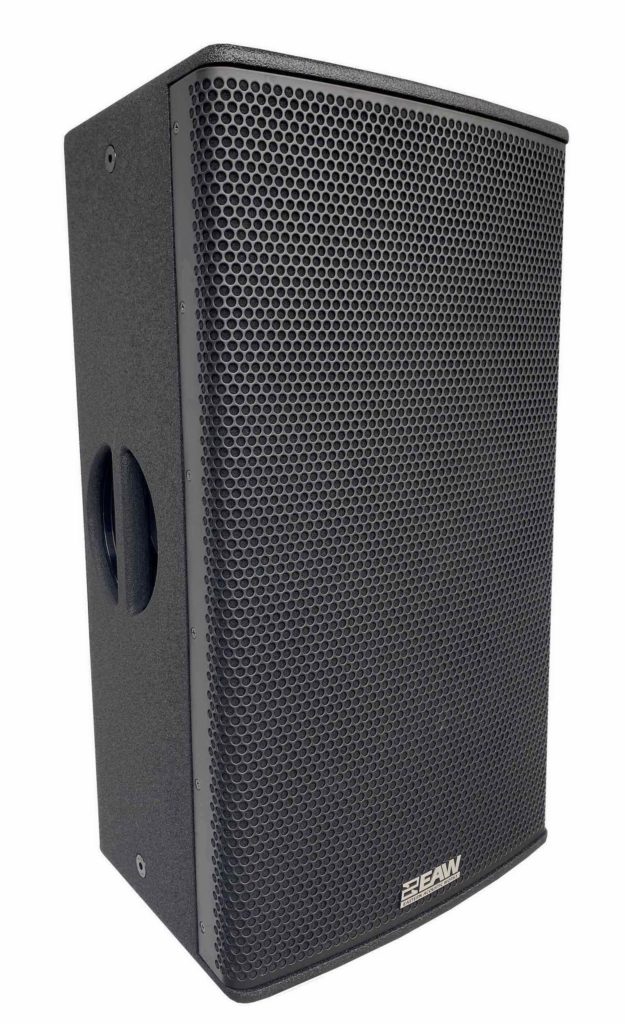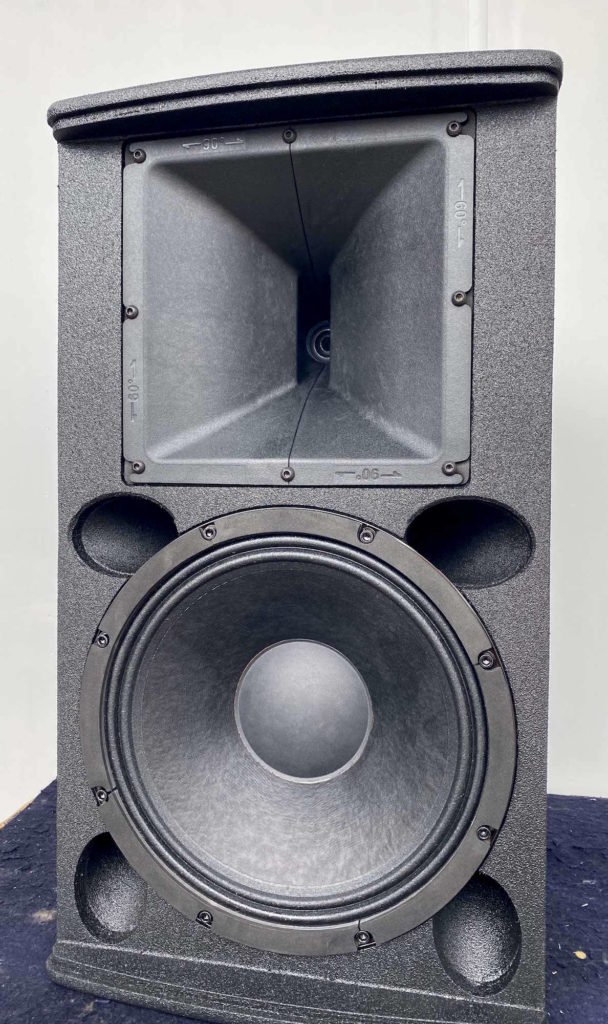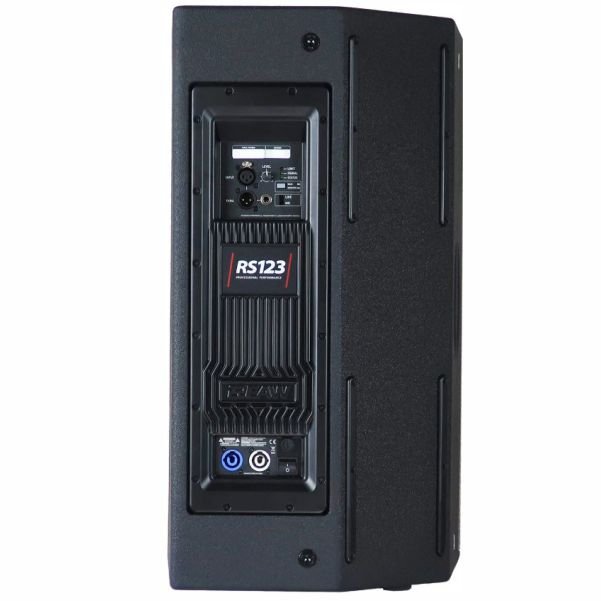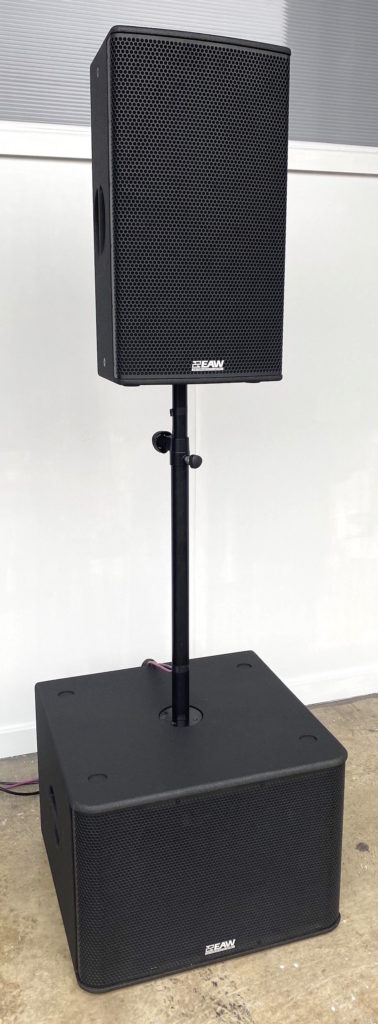News
14 Jul 2020
EAW RS Series
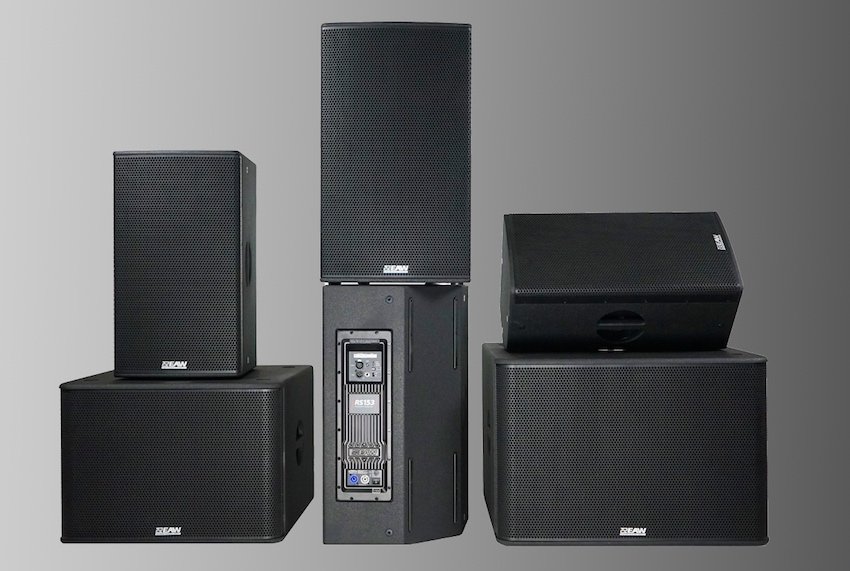
Subscribe to CX E-News
If you were looking for some speakers which sounded good and weren’t too heavy to lift or expensive to buy, you’d be hard pressed to look further than RS series by EAW. The line-up comprises four two-way cabinets and two subwoofer options, and in the compact point-source market there’s not too much more you could really want for. Let’s first look at the range on paper, and then get onto more detail about what I think.
The RS121 and RS151 “professional” models are the entry point to the full range boxes, in 12” and 15” designs respectively. The “performance” range RS123 and 153 take sonic performance a step up, the most notable change being a 3” voice coil neodymium compression driver.
This allows for a lower crossover point of 800Hz between the LF and HF stages on the performance boxes, while the crossover on the professional models is higher at 1kHz.
While I’ve given up quoting SPL specs on the basis that I find them generally useless in relation to real-world performance, I note that the performance range boxes run a couple of dB higher on paper. I do credit EAW for having the decency to include some detail on how the spec was derived, which lends it more credibility than I’ve come to expect.
Frequency response is slightly extended at the low end on the 15” models compared to the 12” boxes.
Amplifier power is listed simply as “Max Output LF/HF 1500W peak”, and while you’d think this indicates a passive crossover the spec sheet actually tells the story differently – the cabinets are bi-amplified. In any case while the power spec looks like the right number in today’s market, who’d care even if it wasn’t? You’re never gonna link that amp module to anything else so it really doesn’t matter.
Weight is a big thing with RS, or more accurately it isn’t such a big thing. Upon unboxing the brand-new demo gear I was surprised to discover most of the weight was in the packaging. The speakers themselves are very easy to handle – 24 or 29kg for a full range box, and 32 or 40kg for the subs.
I love a PA that is actually practical for a solo operator to deploy. There are even optional castors to bolt onto the back of the subs. Clever. The two-way boxes have an angle on one rear edge, so you can lay them sideways and use them as wedges (or on the other side as front fill).
The full range boxes have fly points everywhere. Some small details like the plastic handle backing cups or top hat mounts may draw criticism, but for the weight of the box they’re completely fit for purpose. The important take-away here is that the RS series is just as good on the road as it is in a permanent install.
Visually I’m pedantic about things looking nice, I’m sure I’ve probably made passing remarks on this in the past. The RS series is solid on that front – the wooden cabinets are nicely finished with matte grilles and it’s all very subtle. There’s an argument for painting or removing the badges and going full “stealth mode”, personally I’m fine with my clients knowing I’ve invested in decent tech so I’d leave ‘em as is.
the RS series is just as good on the road as it is in a permanent install
Down at the business end of things, the back panel of the sub includes input and loop out XLRs (in stereo) and a couple of buttons. LPF can be switched between 80 or 100Hz, and the loop outs can run with HPF or full range. There’s also a “punch” button that gives you some extra output at the expense of a slight reduction in extreme low end.
Actually it’s a pretty good button, I like it.
There’s a power switch, IEC input socket and an input level pot which goes all the way up to +15. So you can compensate for inadequate drive gear if need be.
The full range boxes are similar on the rear panel front – very simple. Mic/line input choice, level pot again good for +15, and a main/monitor mode switch. After pulling out a dozen screws and removing the front cover I discovered you can rotate the horns to change the nominal coverage angle from 90×60 to 60×90. Useful for wedge mode.
The horn is actually the same constant directivity design as used on the MK series product, so it’s a proven design.
The very minimalist rear panels belie the quite detailed processing behind – the RS series implements a DSP with both EAW Focussing and DynO processing. While I can’t tell you how these work, the phase response plots are a pretty good indication they do work. But again while it’s all well and good to talk about graphs on paper, at the end of the day real-world performance trumps numbers.
And my word do these perform… The test system comprised a stereo setup of RS123 tops and RS115 subs. The threaded mounts in the subs meant I could just use a threaded distance rod to mount the RS123s on top. Tidy.
Running some content it was apparent there was a good deal more PA there than my factory space called for – the limiter in my head lit up while the speakers showed no signs of even touching a limiter. The signal LED flickered as if to taunt me, while the limit LED stayed off. The long and short is that the test system had bucketloads of level and it sounded great.
The top/sub combo actually stuck together really well, which isn’t always (or even often) the case with such systems. I think pushing the switchable crossover down to 80Hz helped, but again you could probably eek a few more herbs out of the RS123 by taking that up to 100Hz. Really I think it’s a decision best made based on the content you’re dealing with.
The important thing for me is the smooth and very usable performance. It does what you tell it to.
If you were looking for some speakers which sounded good and weren’t too heavy to lift or expensive to buy, you’d be hard pressed to look further than RS series by EAW
The other striking thing for me was the imaging. I know large format stereo simply isn’t practical for 90% of the audience, but that didn’t stop me appreciating that as a system, my demo kit presented the stereo image really nicely. It really has no right to sound this good for the money. The whole RS series is priced very attractively.
I like that the brains of these speakers exist but they’re not out on show. RS is a speaker you could easily dry hire to people and not worry about them a) killing it or b) being confused by a huge array of controls. It’s the kind of thing you can just push out the door regularly and watch it pay for itself.
Neat enough to ace a corporate show, and punchy enough to do a rock band. It’s my kind of gear.
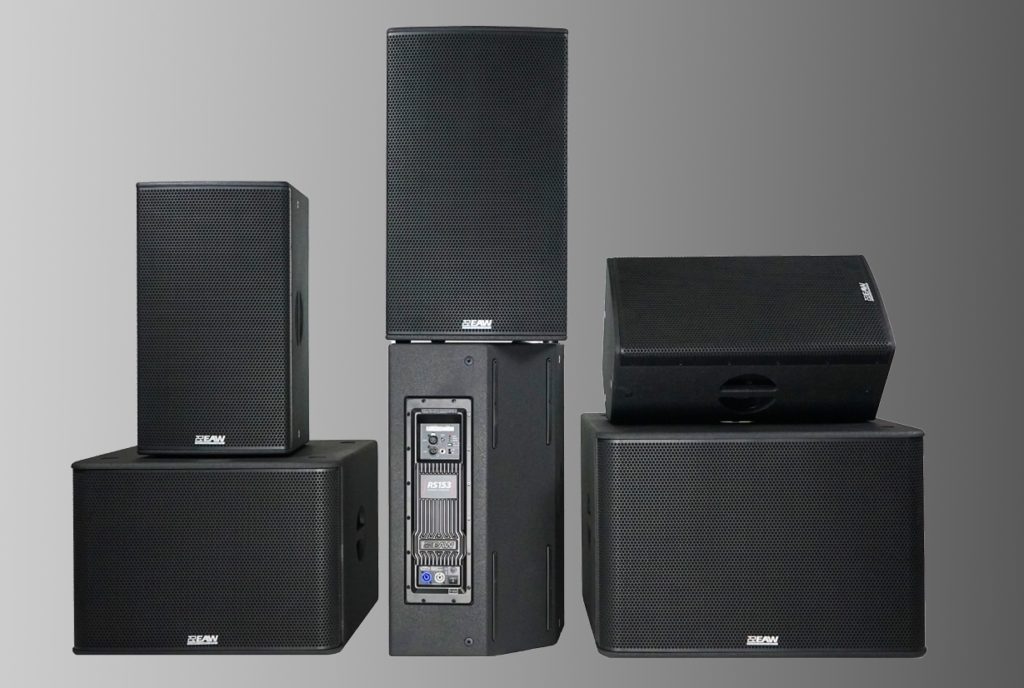
Product Info: https://www.eaw.com/products-series/rs-series
Distributor – Australia and New Zealand: https://www.pavt.com.au
CX Magazine – July 2020
LIGHTING | AUDIO | VIDEO | STAGING | INTEGRATION
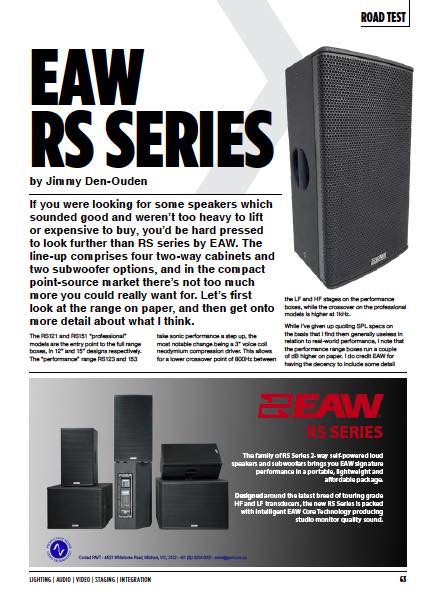
Entertainment technology news and issues for Australia and New Zealand
– in print and free online www.cxnetwork.com.au
© VCS Creative Publishing
Subscribe
Published monthly since 1991, our famous AV industry magazine is free for download or pay for print. Subscribers also receive CX News, our free weekly email with the latest industry news and jobs.

